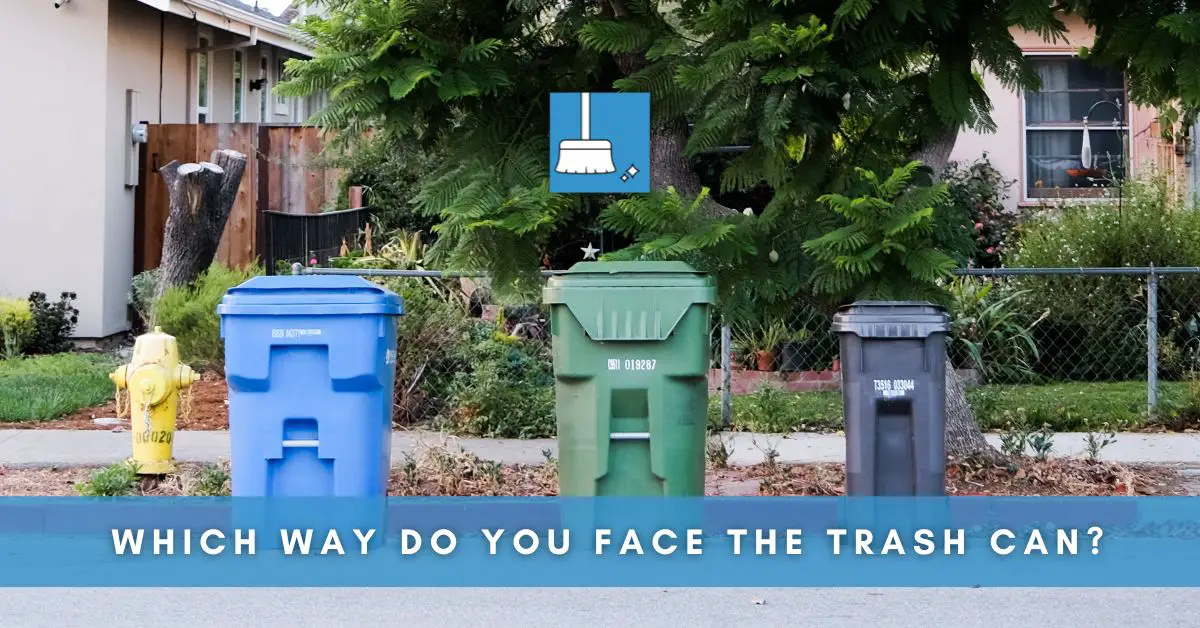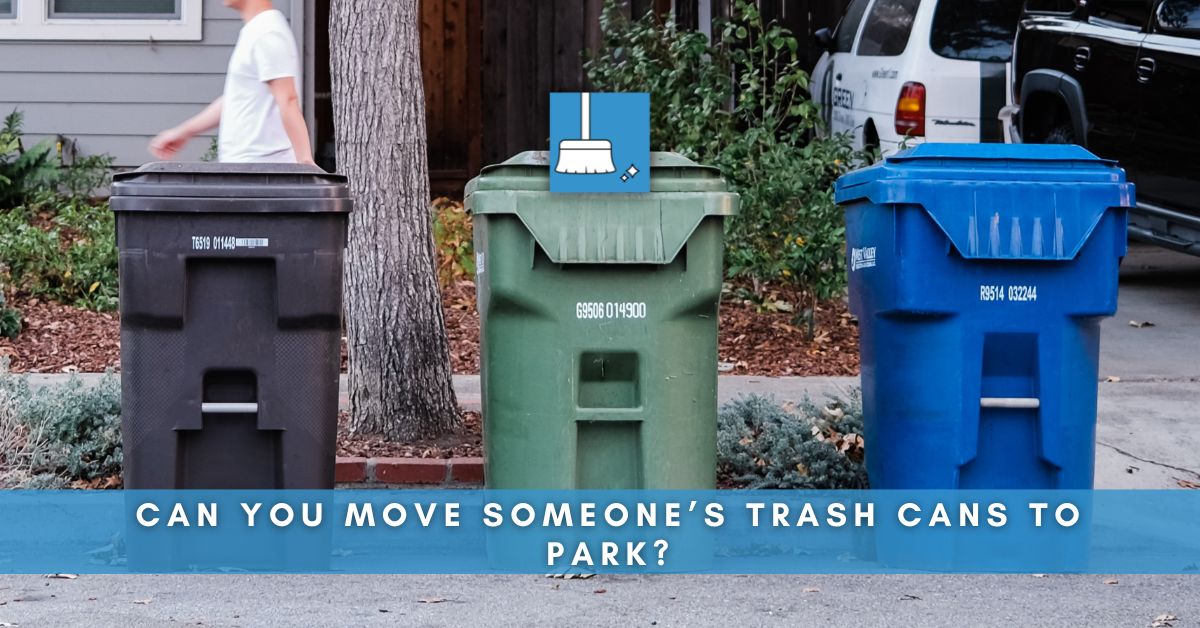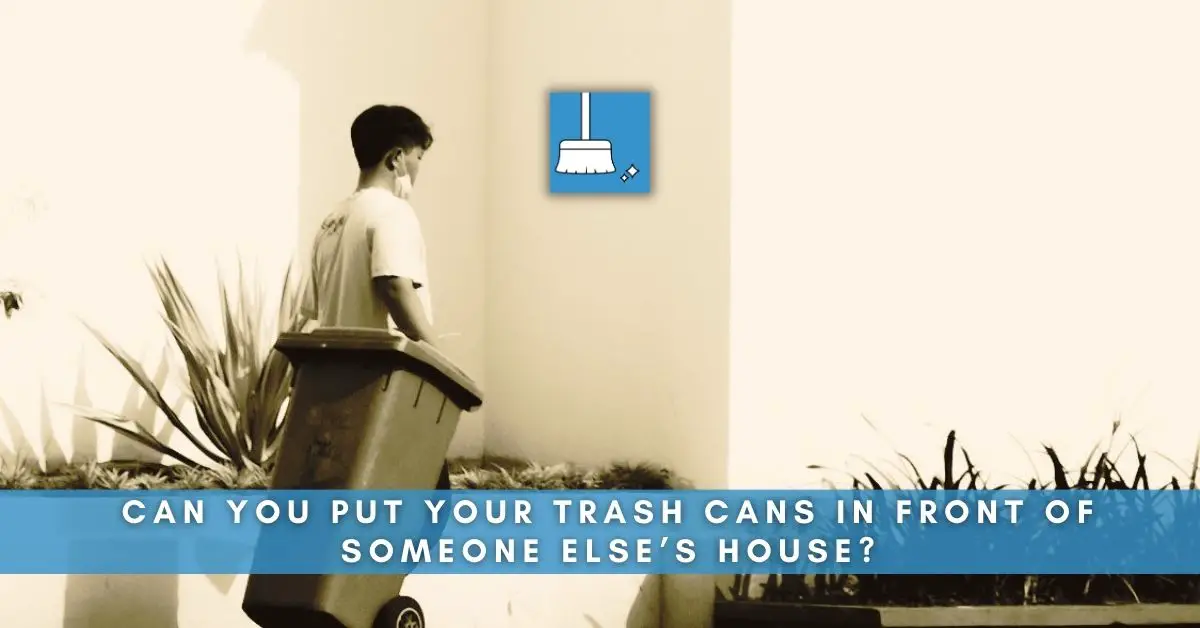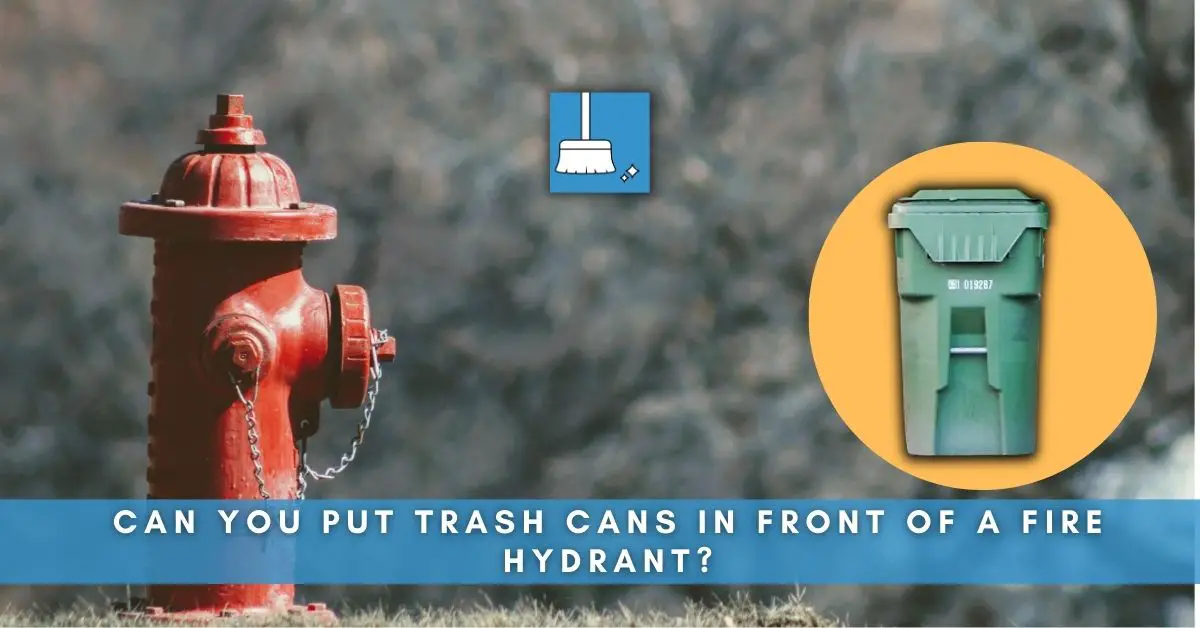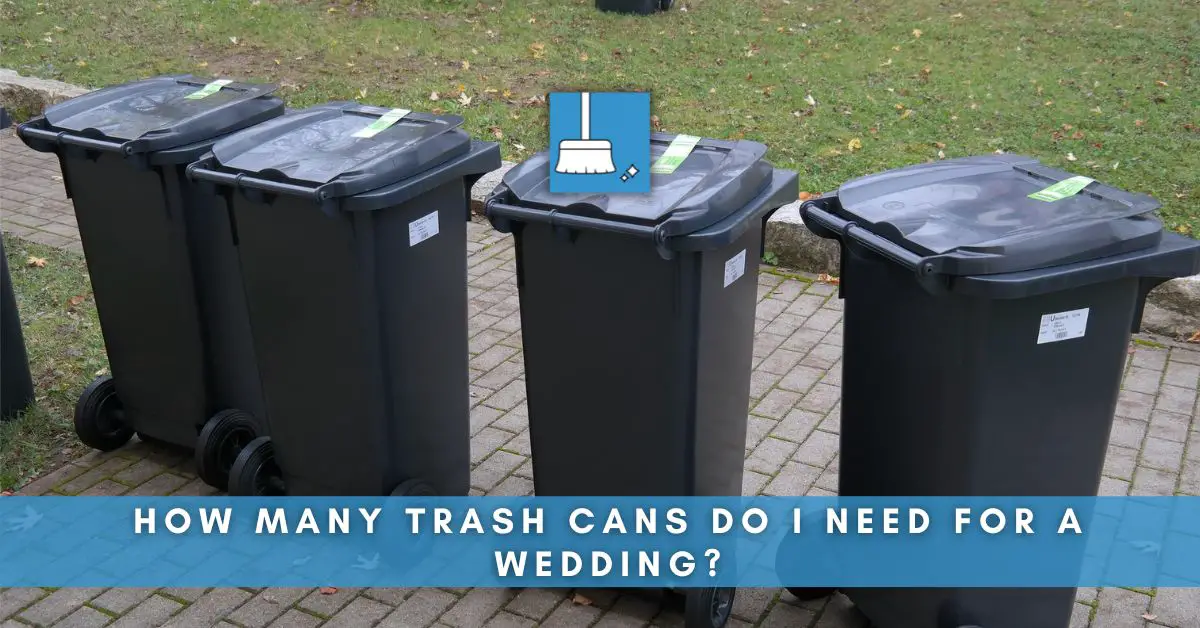Placing your trash can at the curb for pick up might seem like a simple task, but there are actually some important considerations to keep in mind. Many people have misconceptions about the proper way to position their trash can, which can lead to difficulties for both homeowners and waste management companies. This blog post aims to debunk some of these misconceptions and provide valuable information on the correct way to place your trash can for pick up.
Common misconceptions about trash can placement
1. Sideways or backwards placement: Some people believe that it doesn’t matter which way their trash can is facing at the curb. However, it is essential to place the cart with the lid facing towards the street. Placing it sideways or backwards can cause damage to the lid or make it difficult for the waste management truck to pick up the trash.
2. Handle facing the road: Another common misconception is that the handle of the trash can should face the road. In reality, the best position is to have the front of the trash can facing the road. This allows for easy access by the waste management truck, as well as efficient emptying and placement back on the curb.
It’s important to note that these guidelines apply to trash cans that are picked up using mechanical helpers or automated side load (ASL) trucks.
Even if your area uses a different type of waste management truck, following these guidelines can still ensure efficient pick up and proper handling of your trash or recycling.
To get a better understanding of the correct placement, you can check out informational videos or guides provided by your local waste management company. They often provide visual demonstrations of the proper way to place your trash can at the curb.
Guidelines for Trash Can Placement
Here are some key considerations to keep in mind:
Placing the lid opening towards the street
To prevent damage to the lid and cart, it is important to always place your trash can with the lid opening towards the street. This ensures that the garbage can be easily emptied into the truck without any obstacles.
Placing the lid opening towards the street also allows the collection crew to quickly and efficiently complete their route.
Maintaining distance from obstacles
Ensure that your trash can is placed a minimum distance of four feet from any obstructions like mailboxes, vehicles, street lamps, or electrical lines while you place it at the curb.
This enables convenient entry while reducing the possibility of harm while acquiring.
To ensure that your trash can be collected safely by the crew, it is important to keep obstacles at a distance, so that there are no obstructions.
Keeping the container at the curb until the end of the day
Putting out your trash can the night before your designated collection day is typically advisable. Doing this ensures that you won’t miss your trash pickup, even if the collection team arrives earlier than anticipated.
Nevertheless, ensure that you leave your container by the roadside until the conclusion of the day if it has not been gathered.
At times, the arrival time of the collection crew may be altered, and it is important not to miss your pickup in case they arrive later than anticipated.
For more detailed guidelines on trash can placement, you can refer to resources such as the websites of waste management companies.
Reasons for Proper Placement
#Efficient collection process
Properly placing your trash can at the curb for collection is essential for an efficient waste management system. Here are a few reasons why proper placement matters:
1- Smooth and efficient movement: Placing your trash can in the designated area ensures a clear path for waste collection trucks. This allows collection workers to quickly and easily access and empty the contents of the container.
2- Ease of access: Placing your trash can in the correct position ensures that the collection workers can easily reach and handle the container. This reduces the time and effort required for collection, leading to a more efficient waste removal process.
#Preventing damage to the container and surrounding objects
Proper placement of your trash can also helps prevent damage to the container itself and any nearby objects. Consider the following:
#Avoiding collisions: Placing your trash can in a safe and open area helps prevent collisions with other objects such as trees, parked cars, fences, mailboxes, poles, or power lines.
This reduces the risk of damage to both the container and the surrounding property.
#Protecting the environment: Proper placement also ensures that waste does not accidentally spill or leak, preventing harm to the environment. By securely positioning the trash can, you reduce the risk of littering and contamination of nearby areas.
Community-Specific Regulations
Many residential areas, particularly those governed by homeowners associations (HOAs), have rules in place for the proper placement of trash cans. These guidelines are put in place to maintain the aesthetics of the neighborhood and ensure that trash collection runs smoothly.
Here are a few key points to consider regarding community-specific regulations for trash can placement:
HOA regulations and bylaws for trash can placement
HOAs often have specific bylaws and regulations regarding where and when you can place your trash cans. These regulations may include:
Designated trash can storage areas: Some HOAs require residents to keep their trash cans in designated storage areas, such as garages or side yards, to prevent them from being visible from the street.
Timelines for trash can placement: HOAs may have specific rules regarding when you can place your trash cans out for collection and when they must be brought back in. These guidelines help maintain the cleanliness and appearance of the neighborhood.
Size and type of trash cans: Some HOAs have restrictions on the size and type of trash cans that can be used. They may require residents to use specific sizes or styles that are uniform throughout the community.
Checking local guidelines for specific instructions
Apart from HOA regulations, it’s also crucial to check with your local waste management or sanitation department for specific instructions regarding trash can placement. These guidelines can vary from one municipality to another and may include:
Proper distance from the curb: Some local guidelines specify the distance at which trash cans should be placed from the curb to ensure efficient and safe collection by waste management trucks.
Separation of recyclables: Some municipalities may require residents to separate recyclables from regular waste and provide separate containers for each.
To avoid any potential violations or fines, it’s always a good practice to familiarize yourself with your community’s regulations and guidelines for trash can placement.

